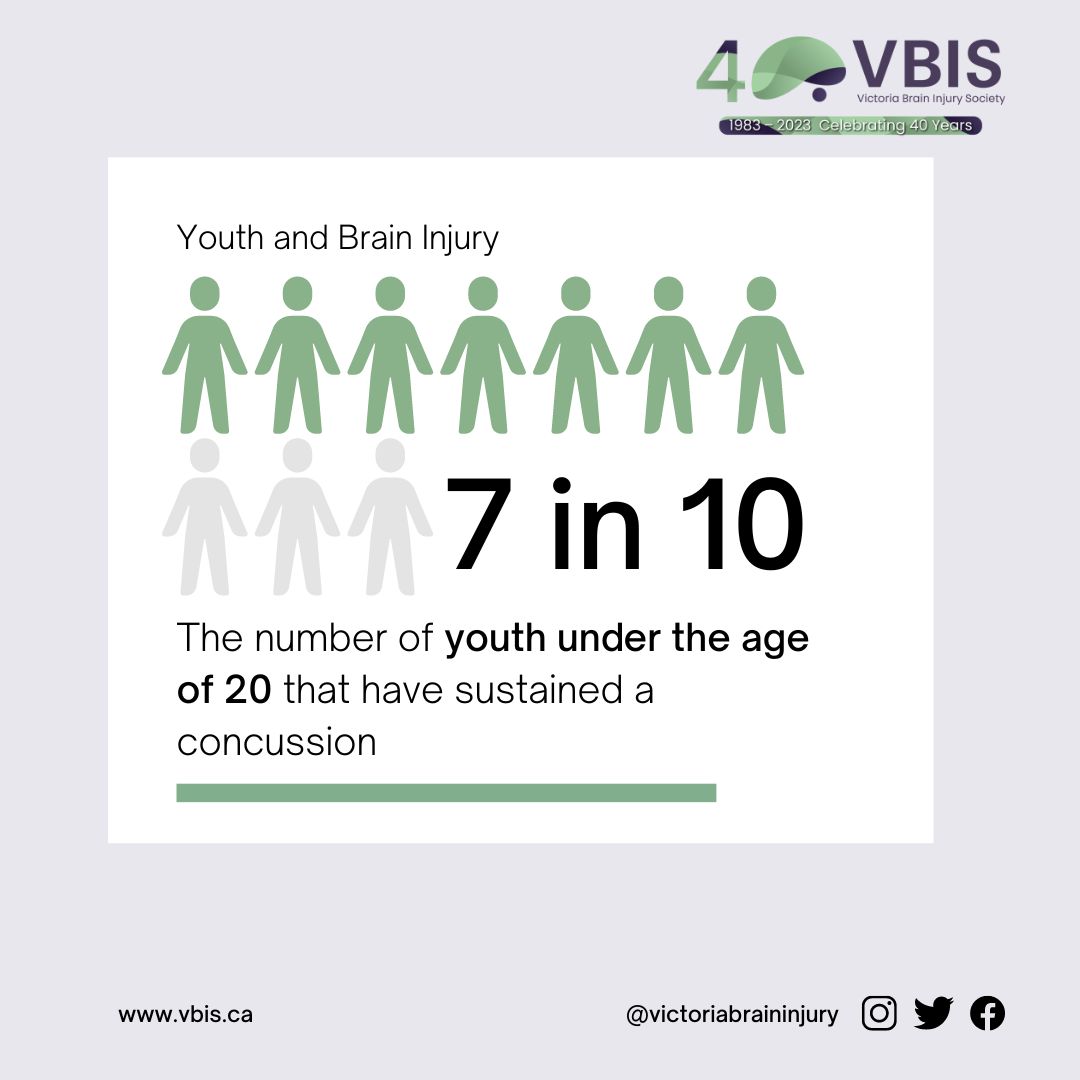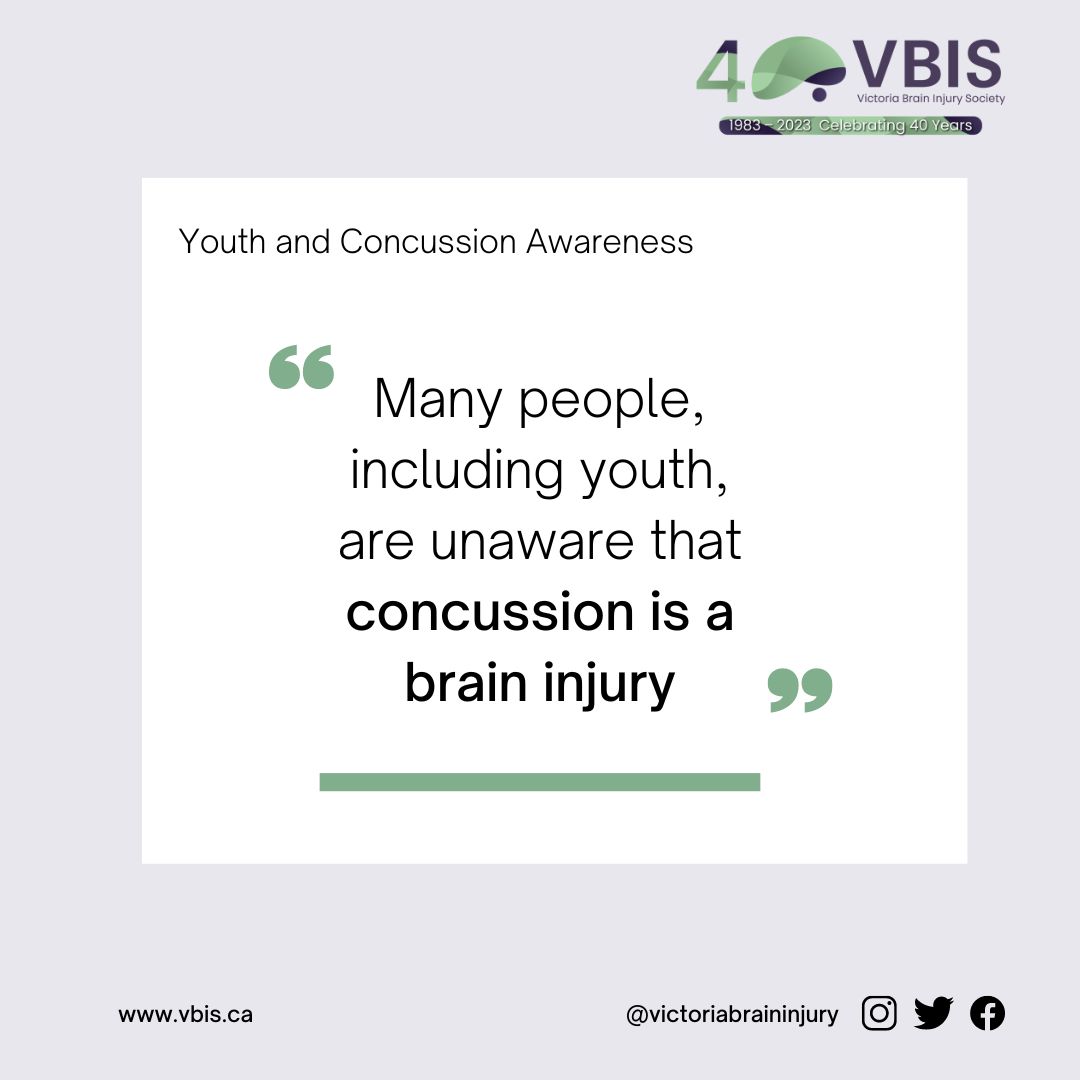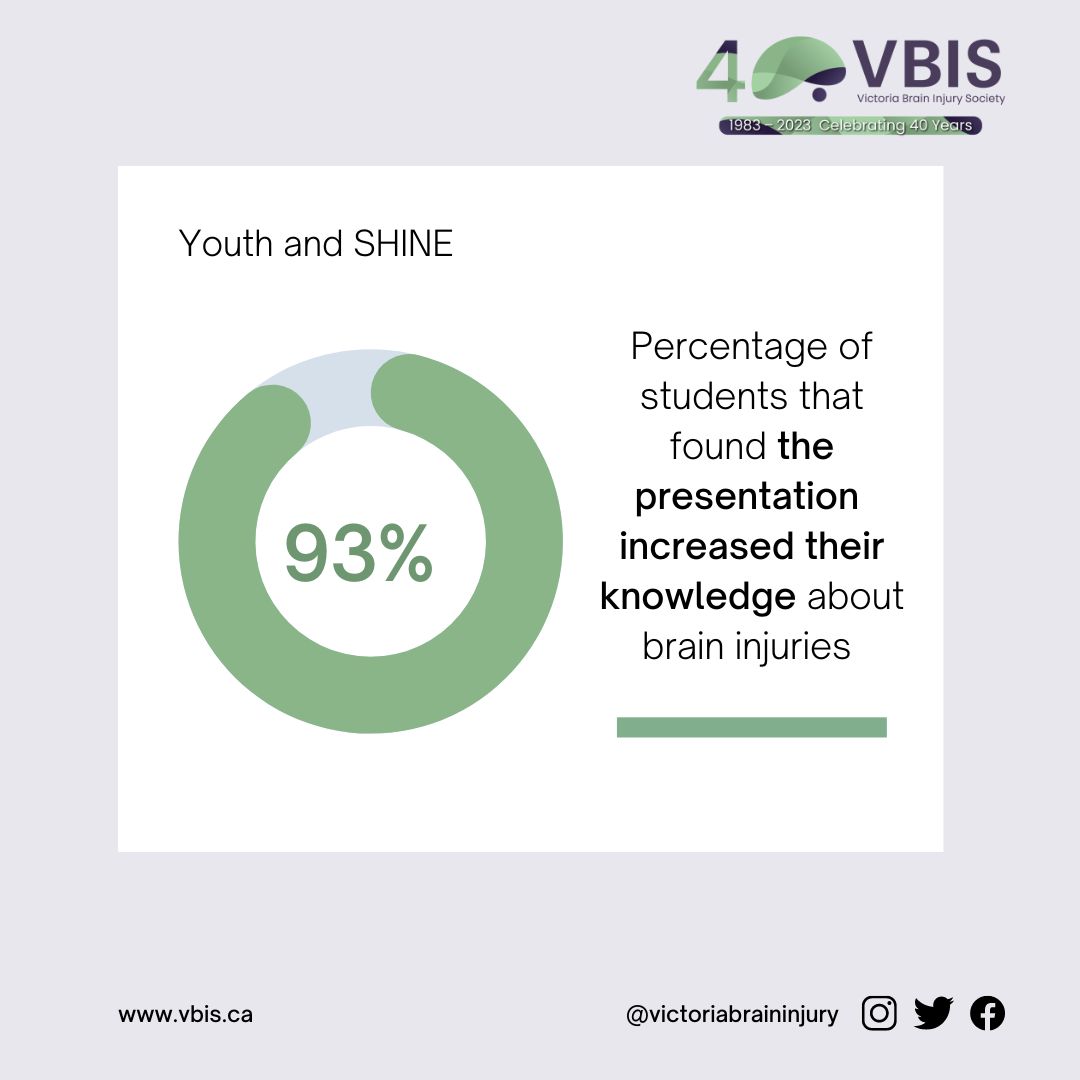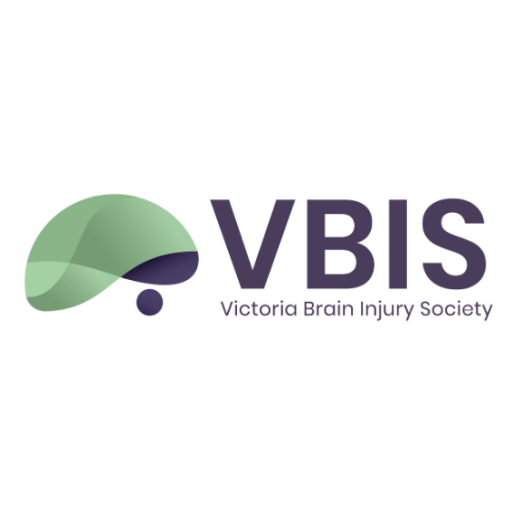Youth are the most at-risk
group for concussions.

Youth under 20 account for 70% of concussions every year.
Youth with a brain injury are twice as likely to be bullied at school or via the Internet, and almost three times as likely to be threatened at school with a weapon compared with those without a brain injury¹. Those who reported lifetime brain injuries are at a high risk for experiencing mental and physical health harms than peers who have not had a brain injury.

Yet youth have limited knowledge about concussions.
Many people, including youth, are unaware that concussion is a brain injury and lack an understanding of what a brain injury is and how life-changing it can be.
Research indicates that youth have limited knowledge about concussions or significant gaps in their knowledge², and the vast majority are unaware of the proper protocols for recognizing and treating concussions³.


Our SHINE presentations educate.
The Student Head Injury Neuro Education (SHINE) program is an educational outreach service that teaches youth about the types and causes of brain injuries and how to recognize and identify the symptoms of a concussion/brain injury.
The goal of SHINE is to influence the attitudes and behaviours of young people towards brain injury and to reduce their chances of sustaining one.
93% of students that completed the feedback form found the presentation useful and it increased their knowledge about brain injuries and the way they view ABI.

References:
1. Ilie et al. (2014). Suicidality, bullying and other conduct and mental health correlates of traumatic brain injury in adolescents. https://doi.org/10.1371/journal.pone.0094936
2. Ramsay & Dahinten. (2020). Concussion education in children and youth: A scoping review. https://doi.org/10.1177/2377960820938498
3. Delahunty et al. (2015). Prevalence of and attitudes about concussion in Irish school’s rugby union players. https://doi.org/10.1111/josh.12219
Malloy et al. (2020). Online concussion resources for Canadian high school aged youth: A systematic search strategy. https://doi.org/10.1080/02699052.2019.1692369
Morrongiello et al. (1998). Prevention of paediatric acquired brain injury: An interactive elementary-school program. https://doi.org/10.1007/BF03404081
Parker, Jordan. (2023). Student Head Injury Neuro Education Statistics. jordanp@vbis.ca
Popescu et al. (2015). Actual data on epidemiological evolution and prevention endeavours regarding traumatic brain injury. https://pubmed.ncbi.nlm.nih.gov/26351526/
